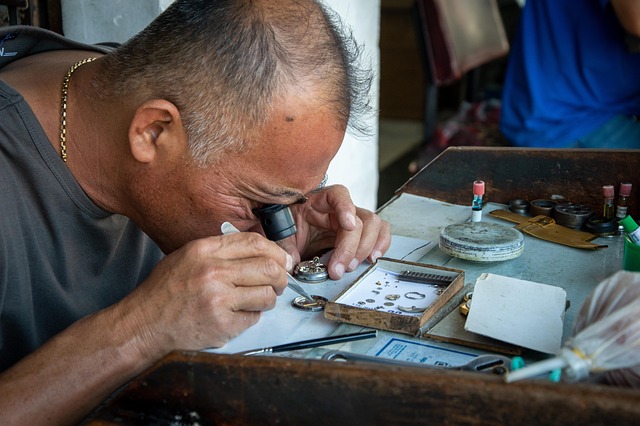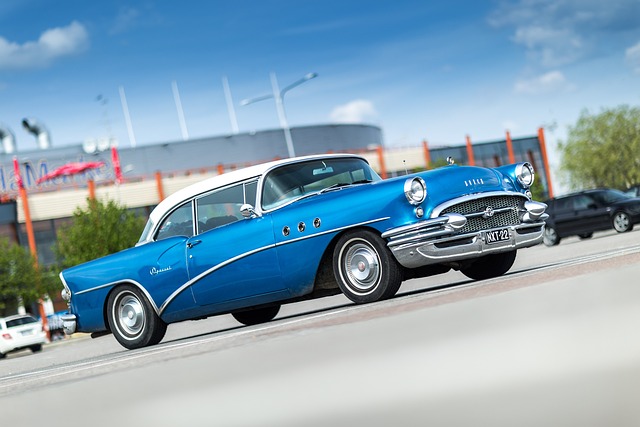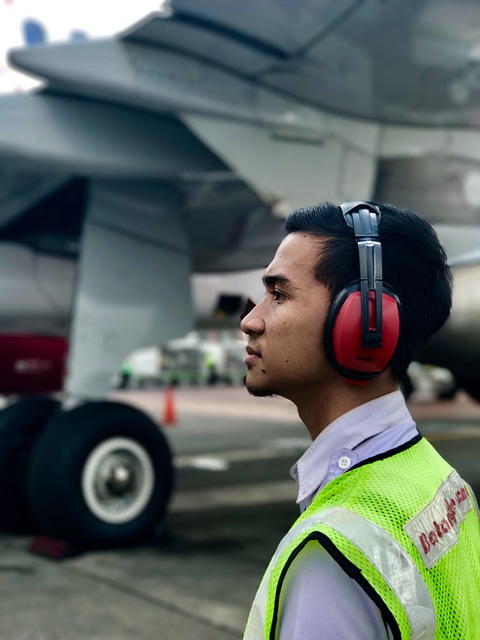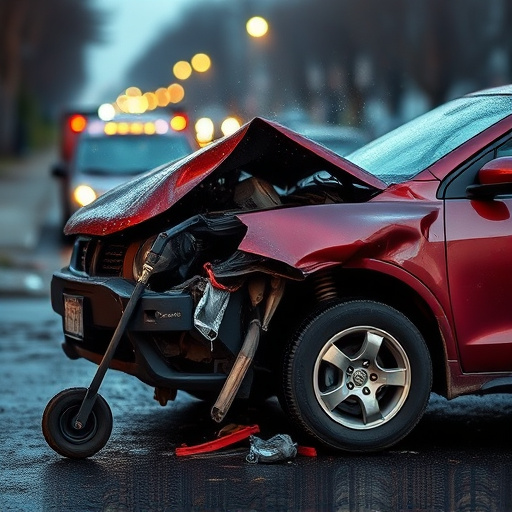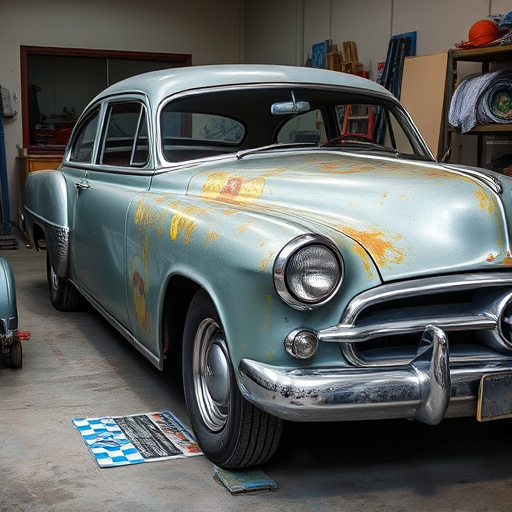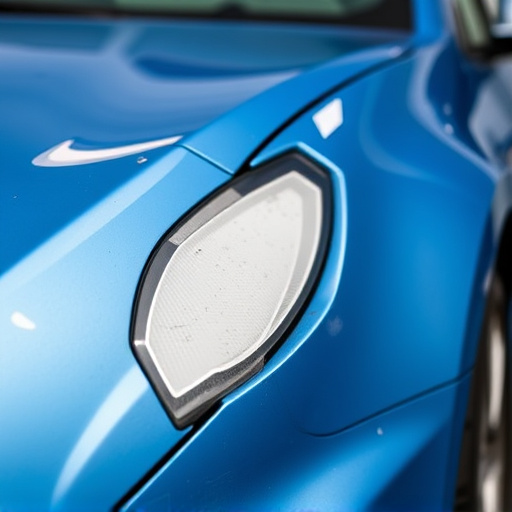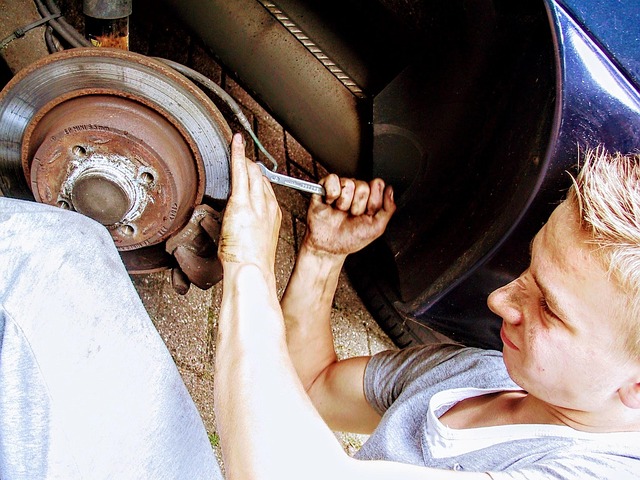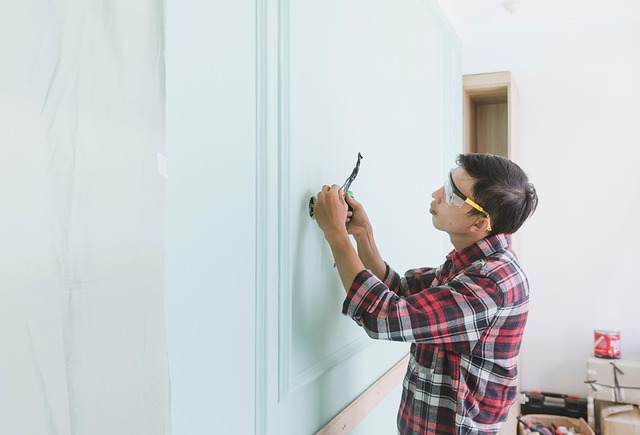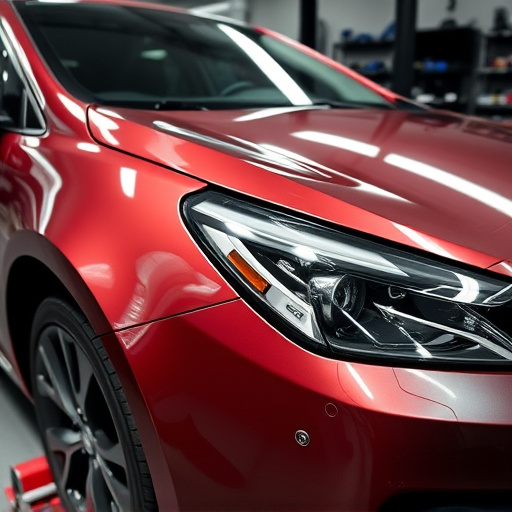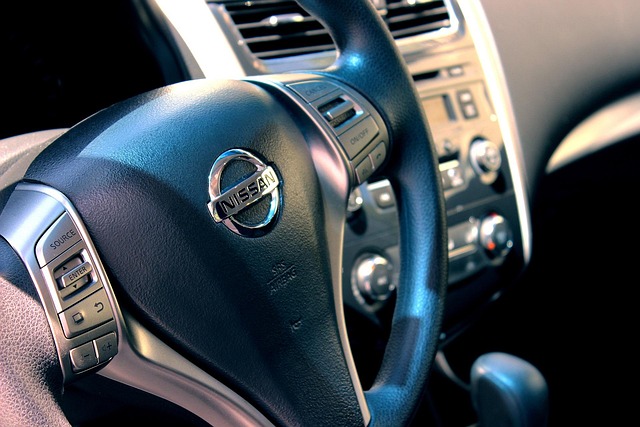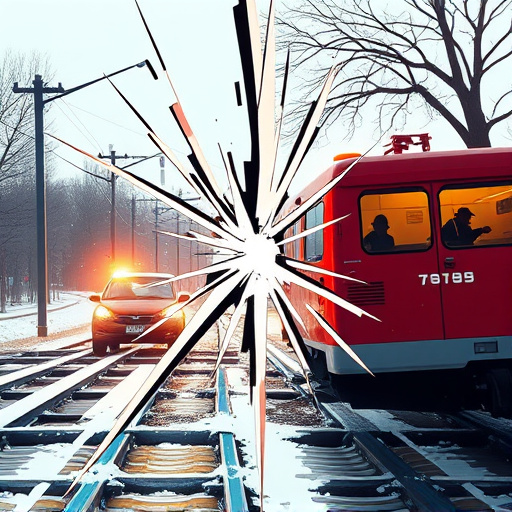The import car collision repair industry faces unique challenges, including limited part availability from international suppliers and complex design features like integrated sensors and composite bumpers. Skilled technicians must employ advanced tools such as CAD software, robotic welding systems, sandblasters, and automated paint applicators to achieve high-quality repairs that preserve original appearance and safety systems. Quality control measures, including advanced diagnostics, genuine parts, and adherence to manufacturer guidelines, along with transparent communication and a skilled team, are crucial for building a solid reputation and customer satisfaction in this competitive field.
In the realm of automotive restoration, import car collision repair stands out due to its unique challenges. This article explores the key elements that contribute to successful repairs, from understanding specific vehicle characteristics to leveraging essential tools and technologies. We delve into strategies that ensure quality and customer satisfaction, catering specifically to the complexities of import cars. By focusing on these vital aspects, professionals can navigate the intricate landscape of import car collision repair with confidence and precision.
- Understanding the Unique Challenges of Import Car Collision Repair
- Essential Tools and Technologies for Efficient Repairs
- Strategies for Ensuring Quality and Customer Satisfaction in Import Car Collision Repair
Understanding the Unique Challenges of Import Car Collision Repair
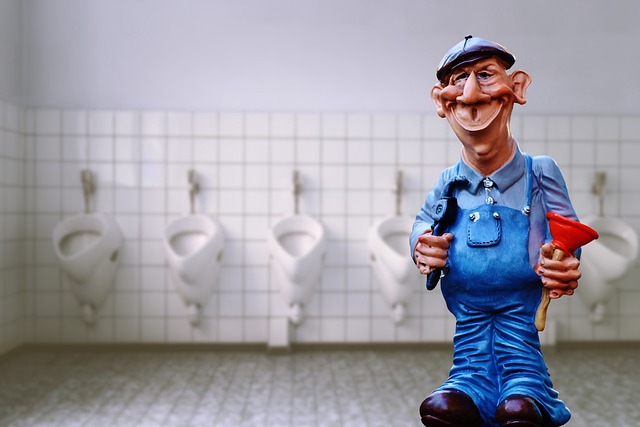
The world of import car collision repair presents a unique set of challenges compared to domestic vehicle models. One of the primary hurdles is the availability and accessibility of genuine replacement parts, as many imported vehicles have specialized components that may not be readily available in local markets. This requires skilled technicians to source parts from overseas suppliers or specialized distributors, adding complexity and time to the repair process.
Additionally, import cars often feature intricate design elements and advanced safety systems, which can make repairs more delicate and precise. For instance, bumper repair on these vehicles may involve working with complex composite materials and integrated sensors. Paintless dent repair techniques are highly sought after for their ability to restore the vehicle’s original appearance without extensive painting, but they demand exceptional skill and precision due to the intricate body panels of many import car models.
Essential Tools and Technologies for Efficient Repairs
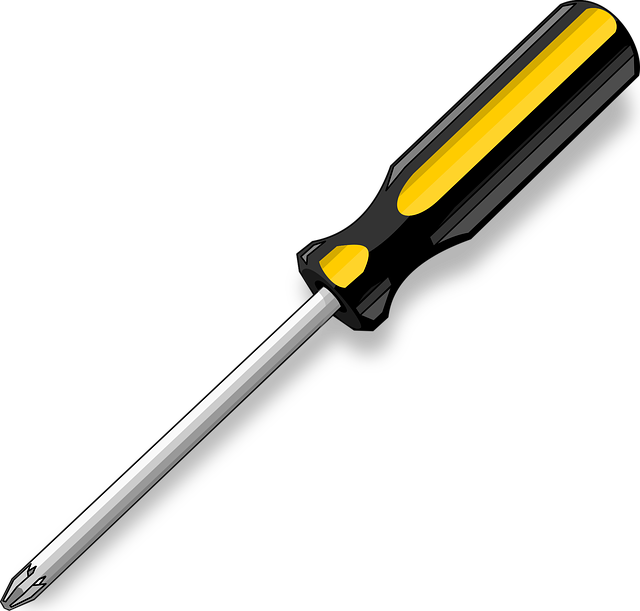
In the realm of import car collision repair, efficient and precise work is paramount to ensure quality and customer satisfaction. The right tools and technologies play a crucial role in achieving this. For fender repair and more complex auto body painting jobs, advanced equipment is essential. Modern workshops leverage computer-aided design (CAD) software to create exact templates for replacement parts, facilitating accurate measurements and seamless installations.
Additionally, robotic welding systems offer unparalleled precision and speed, ensuring robust structural integrity. High-tech sandblasters and automated paint applicators are also integral parts of the arsenal, enabling professional auto body painting that matches the original finish perfectly. These technologies not only enhance the repair process but also contribute to safer, more environmentally friendly practices in import car collision repair.
Strategies for Ensuring Quality and Customer Satisfaction in Import Car Collision Repair
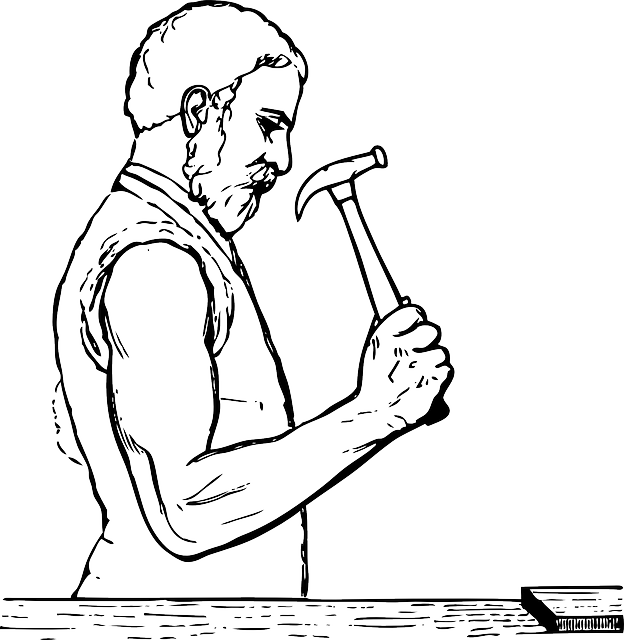
In the realm of import car collision repair, ensuring quality and customer satisfaction is paramount to building a successful and reputable business. One strategic approach involves implementing rigorous quality control measures throughout every stage of the repair process. This includes utilizing advanced diagnostic tools to accurately assess damage, employing genuine or certified replacement parts, and adhering strictly to manufacturer guidelines for proper repairs. A well-trained and experienced team is also essential; technicians should be adept at handling unique challenges posed by imported vehicles, equipped with the latest training on specific models and their intricate systems.
Furthermore, effective communication and transparency foster customer trust. Clear explanations of the repair process, estimated timelines, and associated costs should be provided upfront. Offering complementary services like tire rotation or pressure testing can enhance the overall customer experience. A collision repair center that goes above and beyond by providing personalized service, addressing concerns promptly, and ensuring vehicle restoration to pre-accident condition will undoubtedly achieve high levels of customer satisfaction in this competitive industry.
Successful import car collision repair hinges on understanding unique challenges, employing advanced tools and technologies, and prioritizing quality and customer satisfaction. By mastering these key elements, shops can provide top-notch repairs that meet the exacting standards of import vehicle owners, fostering trust and loyalty in a competitive market. This specialized approach ensures that damaged vehicles are restored to their original condition, satisfying both customers and insurance providers alike.
